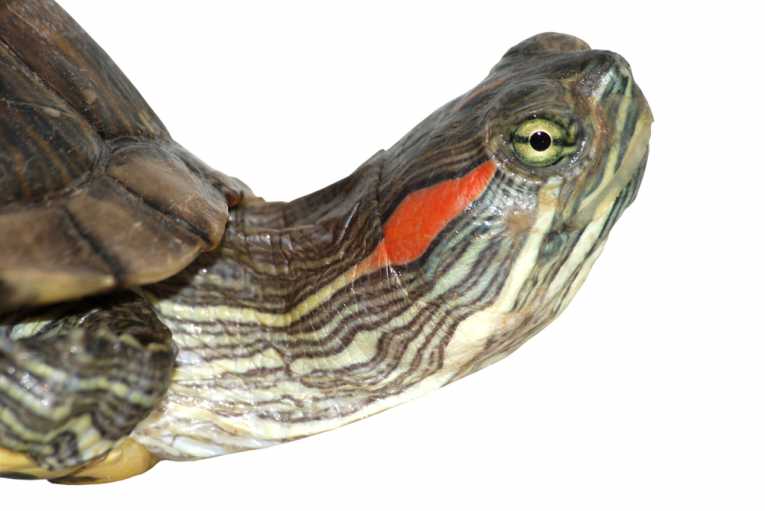Jakob Christensen-Dalsgaard of the University of Southern Denmark in Odense and Woods Hole Marine Lab. has led an extensive study of how specialised the middle ear of turtles can be for sound detection. The University of Aarhus and Loyola University Chicago were also involved. The turtle is more specialised at hearing underwater, with a large middle ear.
Frog, reptile or mammal ears can be grouped as either ancestral directional types or a narrow Eustachian tube with oral connection as in humans and other mammals and birds and the turtle. Turtles being such an ancient group, it is difficult to decide which group could have produced them, but this research is extremely useful in classing them as early Diapsid relatives. The Diapsids were ancestral to all birds, present-day reptiles and dinosaurs, so finding turtles close to their origins may help clear up taxonomy a lot.
Undoubtedly, the turtle group has an middle ear that originated independently of other four legged animals. 21 specimens of Treachemys scripta elegans were tested here to determine how well adapted it is to airborne and underwater sound . They were sedated to avoid discomfort in some experiments.

The head of a turtle involved in this ear and brain stem study; Credit: © Catherine Carr
To airborne sound, the animals responded poorly, with the best heard frequencies at 400-500 Hz and the lowest threshold at 60dB. In water, the best heard frequencies were the same, but the lowest threshold was 80dB. There is 30dB less energy in sounds under water, so in fact the figures rate better in water. Higher speed of sound too must be a defining factor for sound detectors, while sound can enter the body underwater with little impedance or reflection, unlike in air.
The tympanic disc and the large air-filled middle ear are highly modified structure for underwater hearing. The tympanum vibrates with 40db larger amplitudes than the head while water can be used to fill part of the ear to damp the vibrations. Some fish employ a similar system, linking their swim bladder to their inner ear.
Xenopus laevis, the African clawed frog has a very similar ear to the turtle, but with a smaller middle ear cavity. The sea turtles that are completely aquatic could have similar responses to Treachemys. If the turtle had a marine ancestor, as seems likely from the oldest fossil, then the middle ear would have resembled that of lizards, but if the ancestor was terrestrial, then some measurements could confirm if hearing was still better underwater and how the extinct ears responded to different frequencies.
We now need to know how these useful ears are used in many species' complex communications. If whales can sing across oceans, maybe turtles (and others) have a trick up their sleeve to send messages across smaller distances in ways we have not yet considered.
The full study has been published today in the Proceedings of the Royal Society B: Biological Sciences.










